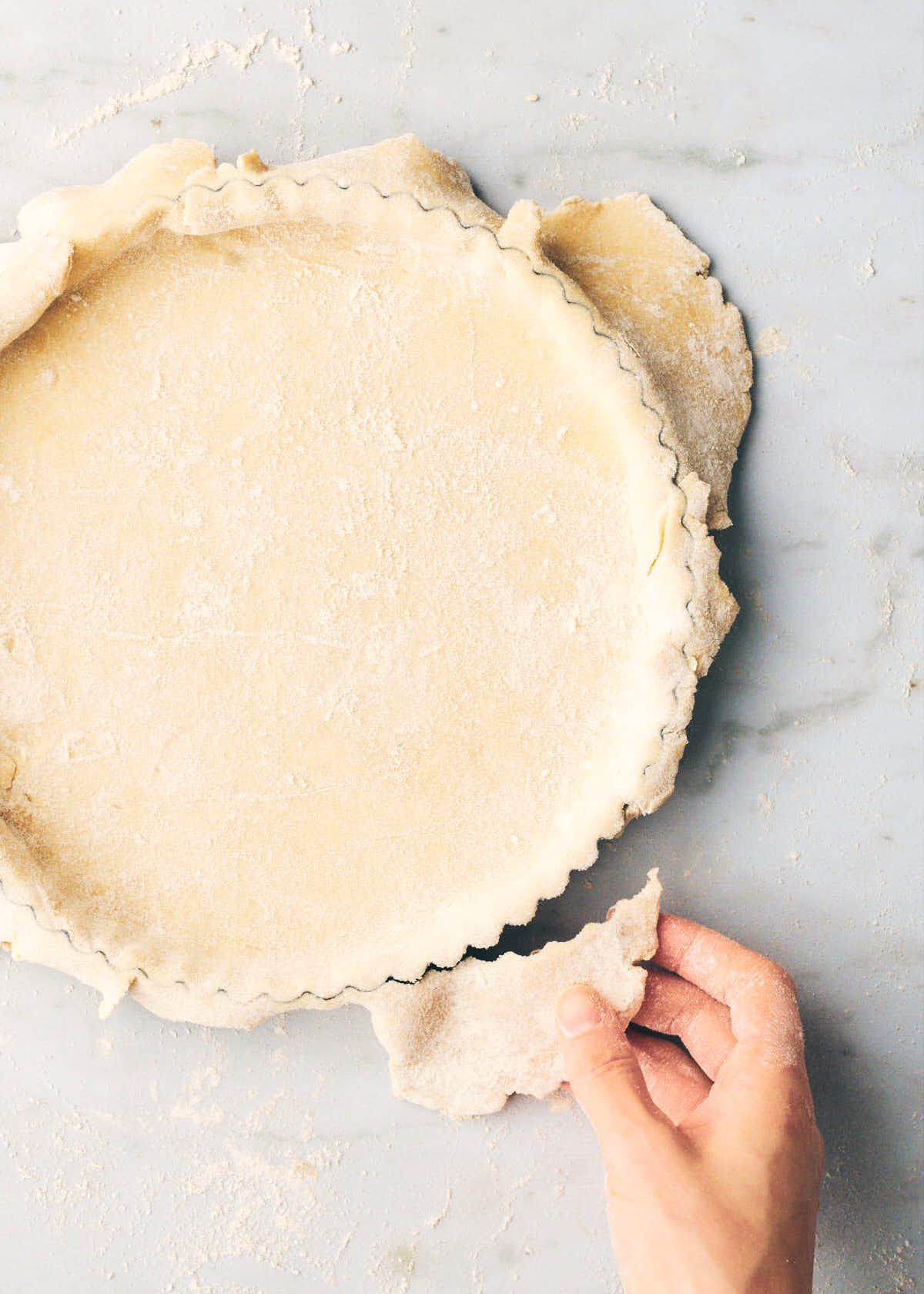
Flour choice is often an overlooked part of the baking process. While regular all-purpose flour is the default for most recipes, using alternative flours (like whole wheat, teff, oat) can create more interesting flavors. For example, whole wheat flour adds a depth and nuttiness which tastes delicious for things like a savory quiche.
Now it usually isn’t as simple as substituting the flour you’re feeling that day. Most flours act differently during the baking process, so for the best results, use a recipe developed with that specific flour in mind. Our top priority for this recipe was for the crust to feel light, flaky and tender...while still delivering the goodness of whole wheat. Because at the end of the day, no amount of whole grain “halo” can make up for the sins of a tough crust! Luckily, we did all the hard work for you. It turns out that whole wheat pastry flour is the key. Whole wheat pastry flour is made from softer, lower-protein wheat which makes for lighter baked goods (compared to other whole wheat flours). In the case of quiche crust, this works out perfectly. You can find whole wheat pastry flour in the natural food section of most grocery stores. We usually use either Bob’s Red Mill or Whole Foods 365 brand.
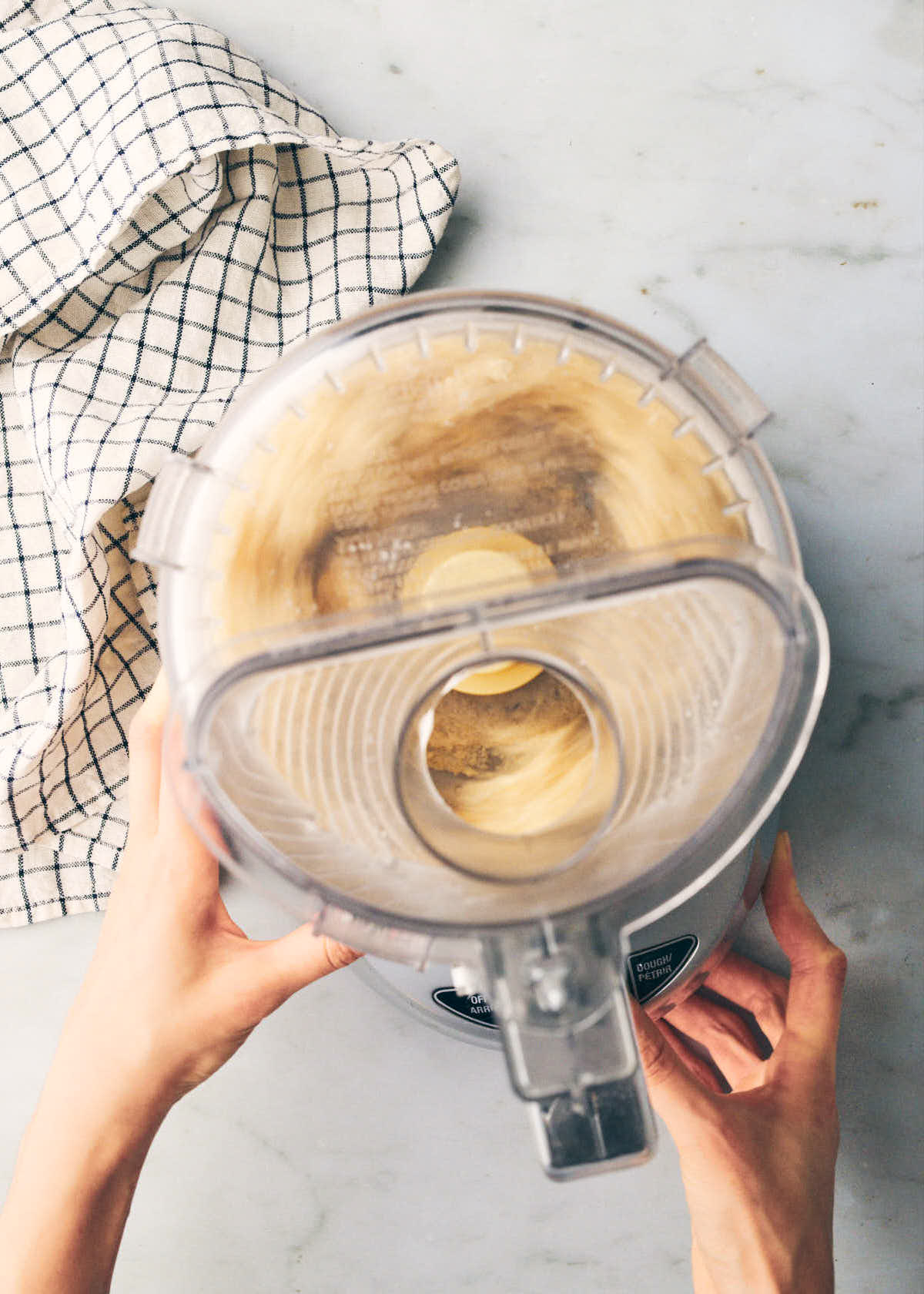
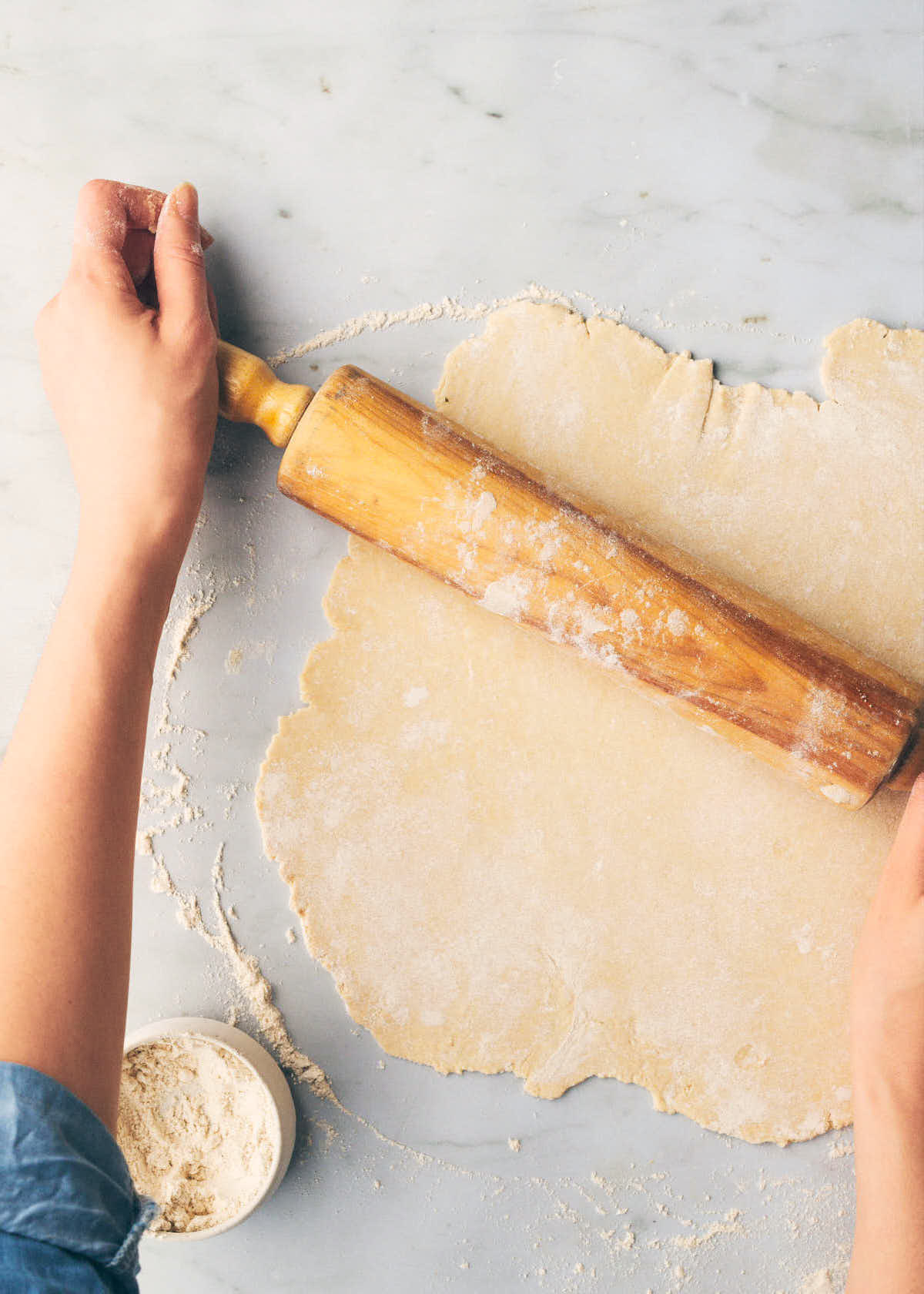
Mixing the dough in the food processor makes for fast work. The food processor helps to evenly distribute the butter throughout the flour mixture (without lifting much more than a finger). And because it comes together in minutes, your butter stays nice and cold. We find the dough needs a bit more water than what you might be used to for traditional white-flour pie dough. The moisture helps the crust hold together during the forming and baking process. Other steps in the process are what you might be familiar with from other pie-making experiences. Chilling the dough before (and after) rolling it out helps the dough relax, and helps prevent shrinkage in the oven. And for applications like a quiche, blind baking the crust is an important step to preventing a soggy crust. Blind baking, if you’re not familiar, is simply the process of pre-baking the crust before adding the filling. We included directions for blind-baking the crust if you need it. If you have fancy pie weights, now is your time to use them. Or, dried beans work perfectly fine as a substitute. In fact, that’s what we use!
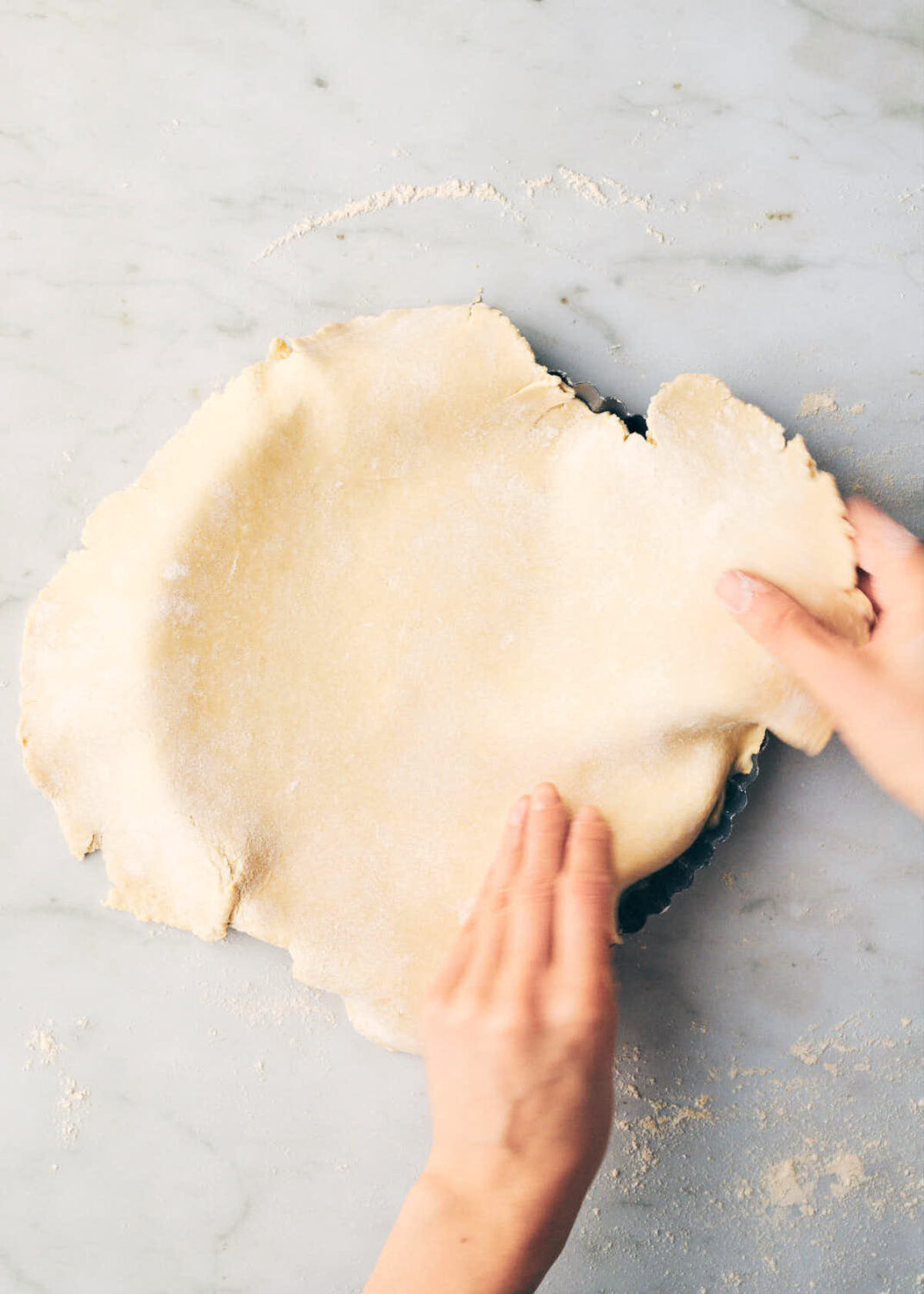
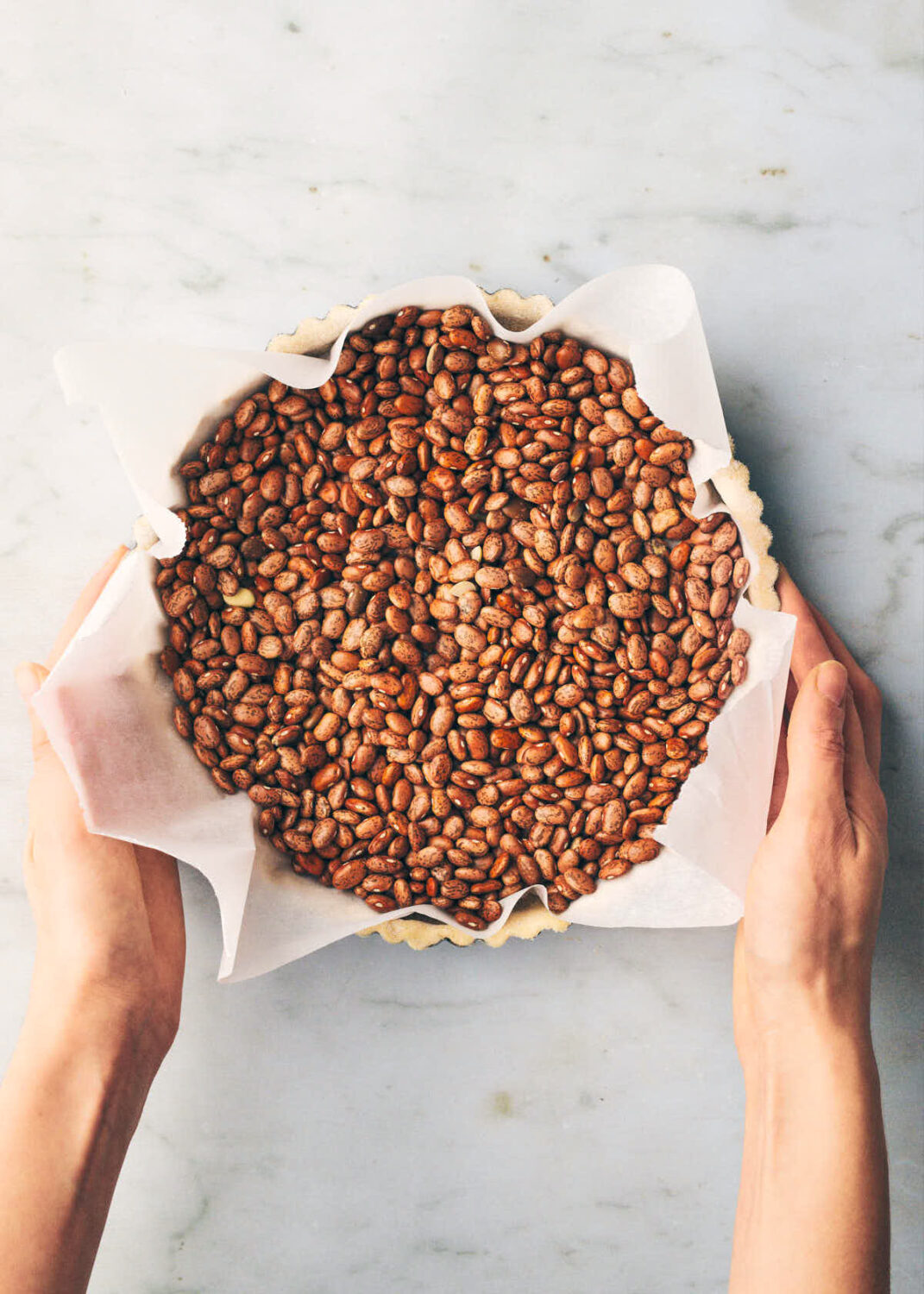
We know there’s a lot of different methods for making crust...as well as A LOT of pie myths out there. So, to demonstrate the method for this recipe, we’ve pulled together a stop motion to demonstrate the steps. We hope it helps show how easy it is! And as always, feel free to reach out with any questions. Or, jump over here to learn how to make this Butternut Squash, Onion & Cheese Quiche filling pictured below.
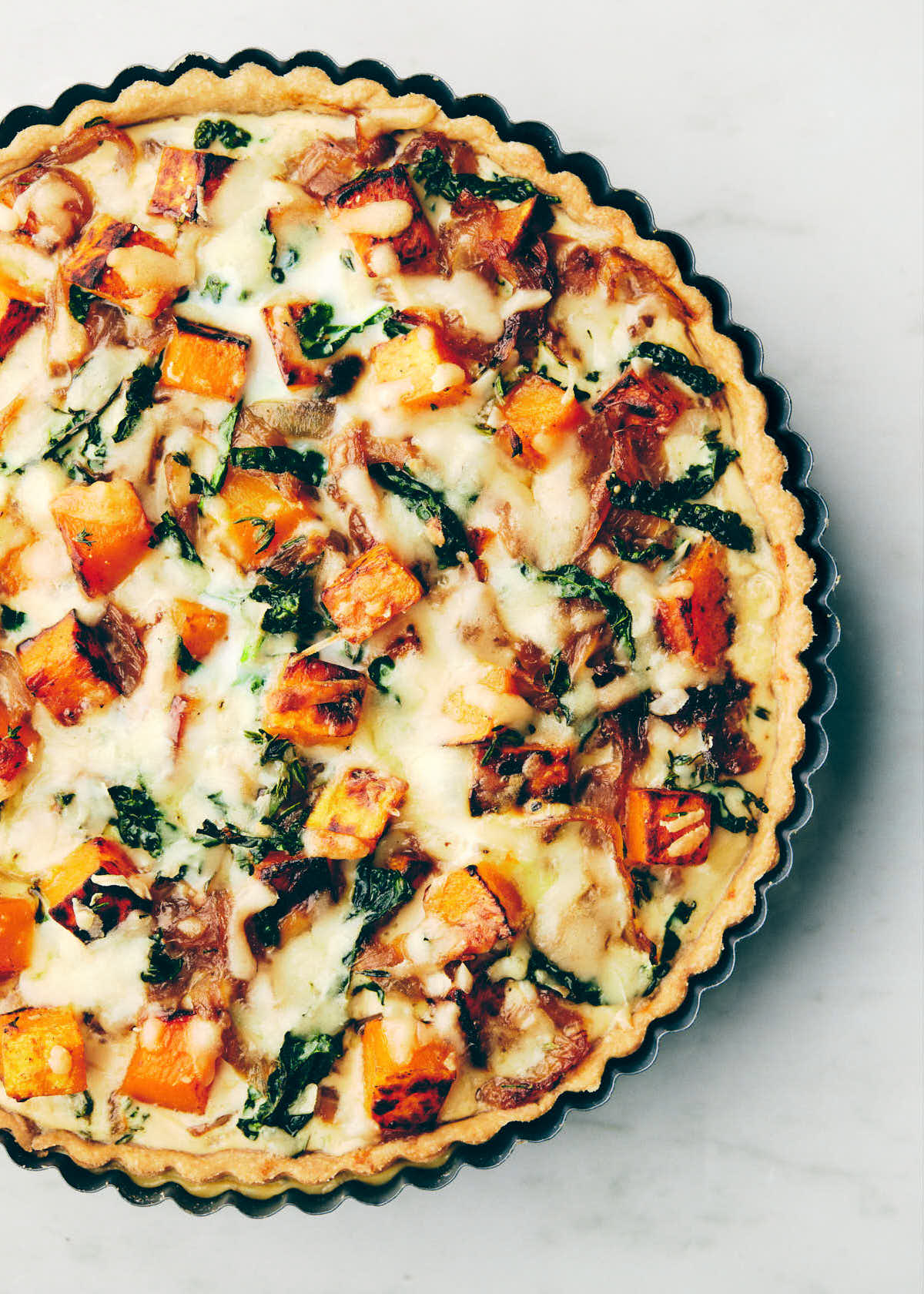
📖 Recipe
Easy Whole Wheat Quiche Crust
Ingredients
- 1 cup whole wheat pastry flour (more for rolling)
- ¼ teaspoon fine sea salt
- 6 tablespoons cold unsalted butter cubed
- 3 to 4 tablespoons ice-cold water
Instructions
- Mix dough: Add whole wheat pastry flour and salt to a food processor. Pulse to mix. Add butter, and pulse until it's the size of small peas. Add 1 tablespoon (15 g) of water at a time, pulsing until the dough starts to come together.
- Chill dough: Turn the dough out onto a sheet of plastic wrap. Use your hands to gently shape the dough into a disc. Wrap tightly and place at the back of the fridge to chill for at least 30 minutes.
- Roll dough: On a lightly floured surface, roll the dough into a circle slightly larger than the tart pan. Position the dough into the pan and use your fingertips to gently pat the dough down into the edges of the pan. Run the rolling pin over the top of the tart pan, to cut off excess dough. Use a fork to poke 8 to 10 holes into the bottom of the tart. Put in the freezer for 15 minutes to cool the dough.
- Blind bake crust (see note 1): Preheat oven to 350°F (177°C). Put a piece of parchment paper over the crust, then top with pie weights (or dried beans). Bake for 20 minutes. Remove parchment paper and pie weights, then return tart to oven and bake until light golden, about 10 minutes. Let cool, before filling.
Notes
- Blind baking crust: Blind baking a pie crust is the process of pre-baking the crust before adding fillings. It can prevent the crust from getting soggy when wet fillings get added. In this step you're looking for the crust to be light golden in color (not golden-brown, since this happens in the second trip to the oven, after being filled).

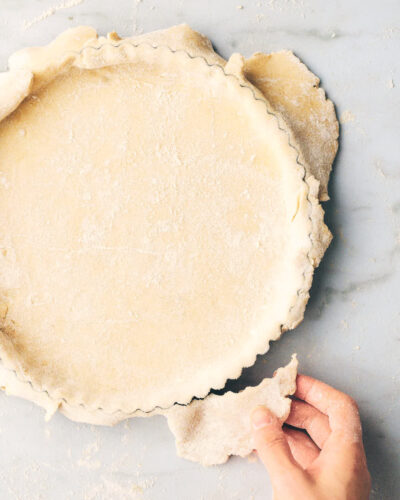
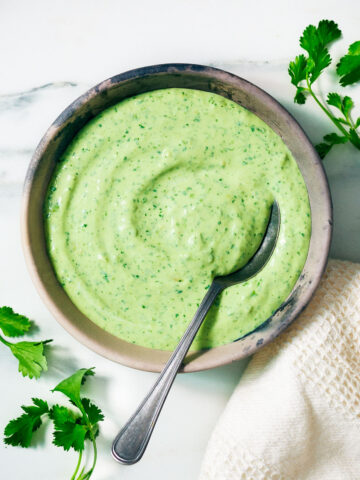
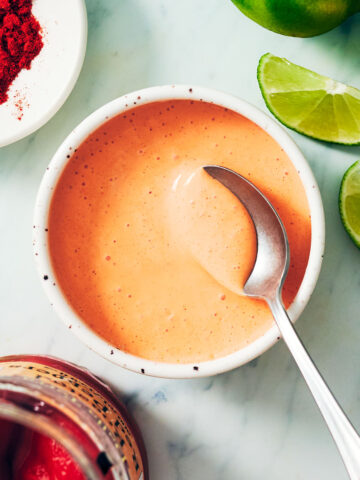
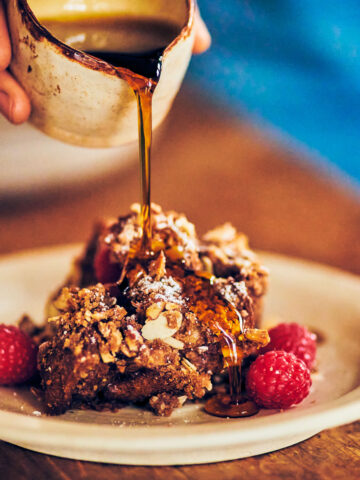
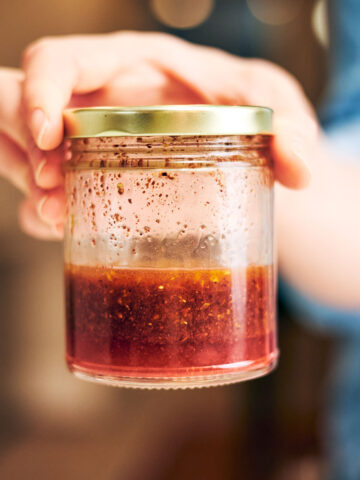
Pattykat says
How can I print this recipe?
Tara says
They do not offer whole wheat pastry flour in our town. Could I sub with ap flour or find another recipe?